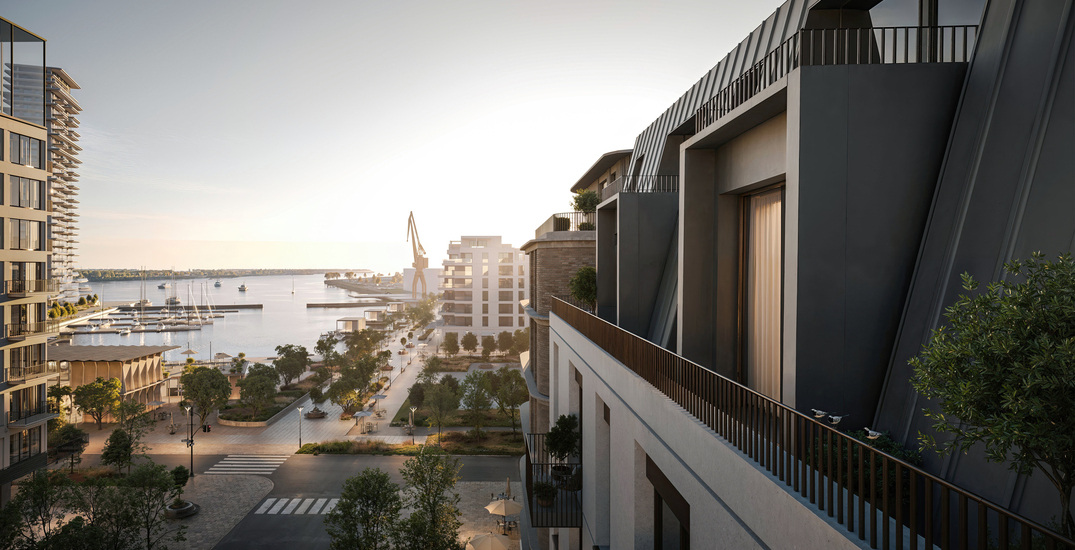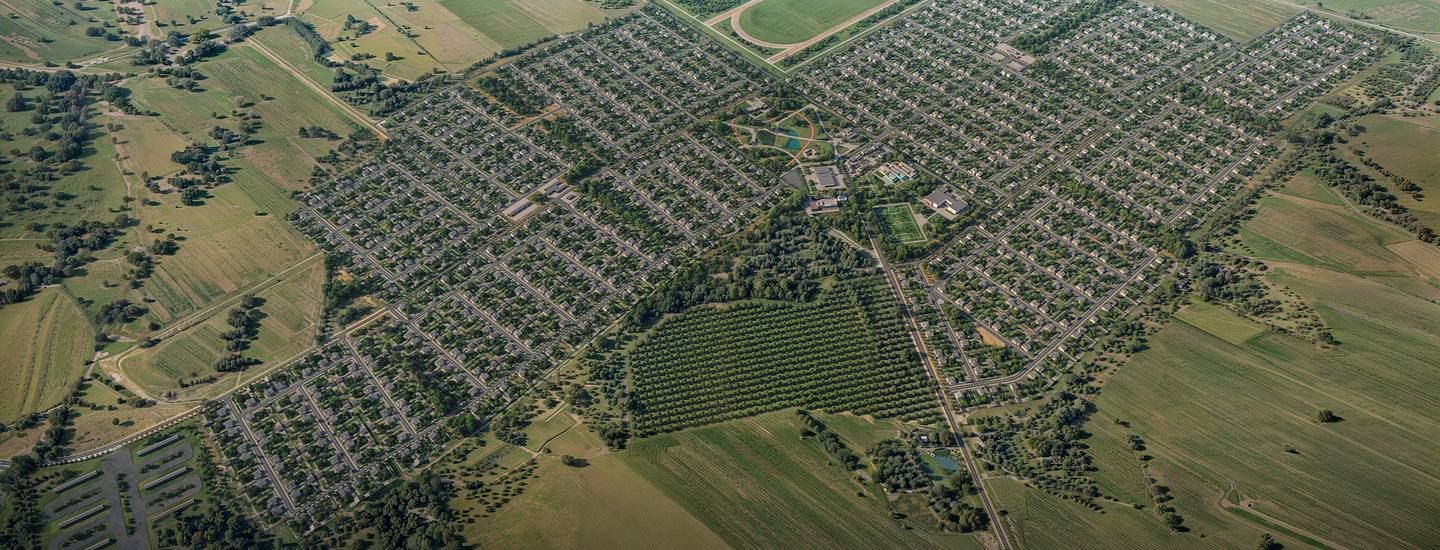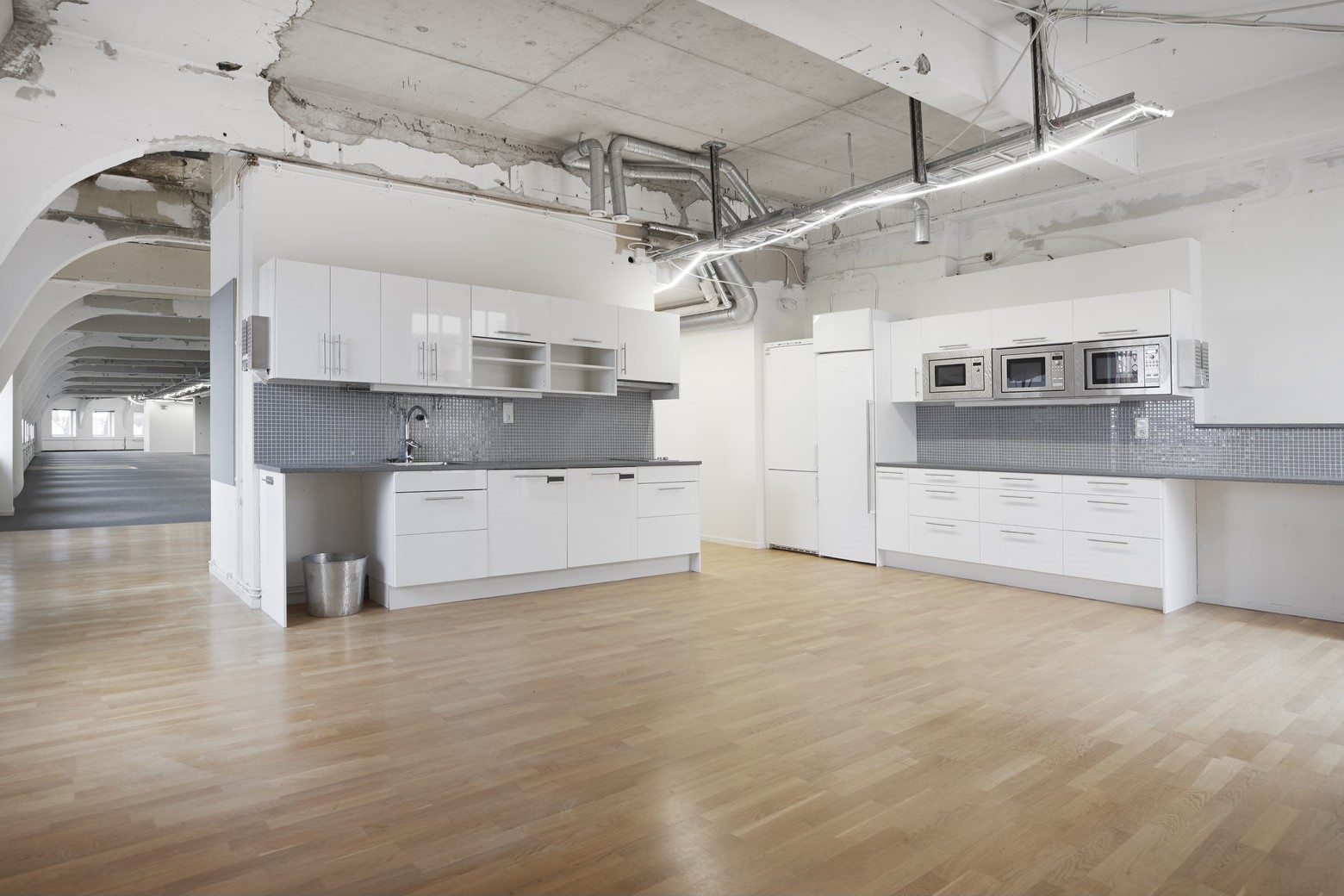How to Make a Construction Portfolio: A Step-by-Step Guide
The best ways to make a construction portfolio for contractors involve showcasing your top work, supporting your business development, and turning satisfied customers into long-term partners. An effective portfolio highlights your strengths, communicates your ideas clearly, and becomes a powerful marketing tool. When built with intention and the right visuals, a strong project portfolio helps you win more contracts, build trust, and stay ahead of the competition.
.jpg)
Why Is a Strong Construction Project Portfolio Important?
A well-developed construction portfolio goes beyond visual appeal. It helps companies stand out, build trust, and secure high-value contracts. In the competitive construction industry, relying solely on word-of-mouth or outdated project photos no longer meets client expectations. For a contractor, a strong portfolio demonstrates experience, quality, and problem-solving capabilities, assuring potential clients that a company can deliver on its promises.
A strategic portfolio functions as:
•A client acquisition tool: showing completed work and modern methods to attract new clients.
•A trust-building asset: presenting credentials, quality results, and positive client feedback.
•A versatile marketing asset: demonstrating capacity to deliver in various sectors and project types.
•A competitive differentiator: positioning a company ahead of rivals with visual proof of success.
•A project management tool: aligning projects with business goals, improving ROI, and internal processes.

Types of Construction Business Portfolios
Construction portfolios can be tailored by:
1. Services Provided
•General contracting
•Masonry
•Concrete work
•Structural restoration
2. Sector Focus
•Healthcare
•Hospitality
•Commercial properties
•Higher education
•Senior housing
3. Format
•Company website: Easily updated and accessible — often includes a dedicated photo gallery for showcasing finished projects
•Social media: Instagram, LinkedIn, Facebook
•PDF presentations: For email and client meetings
•Interactive digital portfolios: With animations, media, and clickable sections
•Printed brochures: Used in meetings or trade shows
•Internal templates: For tracking budgets, timelines, and reportss or trade shows

Key Elements of a Construction Project Portfolio
1. High-Quality Visuals
•Professional photography and video
•Wide and close-up shots
•Before/after comparisons
•Safety compliance visuals
•Neutral backgrounds to maintain privacy
2. Project Descriptions
•Overview, scope, duration, budget
•Client goals
•Challenges and solutions
•Measurable outcomes (e.g., finished 2 weeks early)
3. Testimonials
•Clear, authentic client quotes with names and roles
•Optional video testimonials for digital use
4. Services and Capabilities
•A clear list of what the company does best
•Industry certifications or specialties
5. Awards and Recognition
•Industry accolades and client commendations
6. Accessibility and Organization
•Logical structure (by sector, size, service)
•Easy navigation (searchable or interactive)
•Multichannel availability: web, print, social
7. Branding and Contact Info
•Consistent colors, fonts, and logos
•Phone, email, and direct links
Start building your portfolio with clear goals, compelling visuals, and immersive digital tools. A powerful portfolio for construction company starts with the right foundation.

7 Steps to Build a Strong Construction Project Portfolio
Step 1: Define Your Audience and Goal
Before gathering content, define who your portfolio is for. Are you trying to impress commercial real estate investors, public agencies, or homeowners? This shapes your tone, visual language, and what projects to include. For example, private clients may care more about aesthetic finishes, while public institutions look for regulatory compliance and safety.
Start with 2–3 user personas. Build your portfolio around what they value most, such as speed of delivery, sustainable practices, or budget transparency.
Step 2: Select Your Best Projects.
Don’t try to include everything. A bloated portfolio can overwhelm rather than impress. Instead, curate 5–10 projects that highlight:
•Your technical and architectural diversity
•Success across different client types
•Challenges that required innovative solutions
Choose projects that align with your audience’s priorities. For example, if you specialize in eco-friendly buildings, prioritize work with LEED certification or sustainable materials.
Include a short rationale for why each project made the cut. This shows intentionality and confidence. Consider adding brief examples of project types that match your audience’s needs — such as luxury residential towers, healthcare facilities, or green-certified buildings.
Step 3: Use High-Quality Media and 3D Rendering.
Photos and videos should reflect real quality, not just look good. Make sure they are high-resolution, well-lit, and professionally edited. Use natural lighting, professional editing, and wide shots alongside technical close-ups.
Leverage 3D renderings for unbuilt or conceptual work. These visuals help:
•Show intent before the ground is broken
•Win investor confidence with photorealistic quality
•Explain design intent clearly through annotation or animation
Use tools like 3ds Max, Corona renderer, SketchUp, or Lumion for modeling and rendering. Virtual walkthroughs and interactive floor plans make your work memorable and easy to share.

Step 4: Tell Each Project's Story.
A list of specs is not enough. Use narrative to highlight your team’s problem-solving and design thinking.
Structure each case like this:
•Project summary: Scope, location, duration
•Client's goal: What they needed and why
•Key challenge: Weather, logistics, zoning, etc.
•Your solution: Methods or tools used to solve it
•Final result: Visuals, metrics, outcomes
A compelling story adds context that visuals alone can’t convey.
Step 5: Include Verified Testimonials.
Ask your clients for direct quotes about working with you. Make it easy—send a simple form with targeted questions like:
•What was your biggest concern before the project?
•How did the team address it?
•What stood out about the final result?
Use names, roles, and even headshots (with permission). Testimonials with specifics (e.g., “saved us 15% on materials”) carry more weight than general praise.
Video clips, even from Zoom, build trust through voice and tone.
Step 6: Make It Easy to Navigate.
Organize your content with clear categories:
•Residential vs. commercial
•Design-build vs. general contracting
•New construction vs. restoration
Use headings, filters, and internal links in digital formats. If your builders portfolio is printed, include a table of contents and use consistent layout grids.
Avoid over-design. Clarity and speed of navigation win over visual complexity.
Step 7: Choose the Right Platforms.
Different clients interact on different channels:
•Developers: LinkedIn, PDF decks
•Architects and Designers: Instagram, Behance, digital walkthroughs
•Public sector: Construction websites with downloadable case studies
Create platform-optimized versions:
•Web page: SEO-friendly, fast-loading
•PDF: Shareable and printable
•Interactive: Great for presentations or expos
•Print: Use sparingly, but with high-quality paper and layout
Think of each format as a custom delivery vehicle for your core message.

Updating Your Construction Company Portfolio
A building construction portfolio must evolve with your business. Regular updates show you're active, relevant, and innovative.
How to Keep It Current:
•Add new projects as they’re completed
•Integrate new technologies used (e.g., BIM, AR/VR, AI)
•Refresh client testimonials
•Retire outdated or less-relevant content
Frequency Tips:
•New projects: Immediately after completion
•Tech and services: Monthly or quarterly
•Full audit: Annually or after major updates

Why Choose Omegarender for Creating a Spectacular Construction Portfolio?
Omegarender specializes in 3D visualization for architecture and construction firms. We help turn plans into immersive, photorealistic visuals that captivate clients.
Why Omegarender Stands Out:
•13+ years of 3D rendering experience
•Global client base in 40+ countries
•Services: 3D rendering, modeling, animation, virtual tours, floor plans
•Artistic team with architecture backgrounds
•Fast turnaround and dedicated project managers
Our work helps:
•Attract investor attention
•Speed up decision-making
•Highlight technical details and design intent
•Ensure long-term project value through innovative visualization
•Complete large-scale visuals under tight deadlines without loss of quality
•Deliver fast, accurate cost and resource estimates thanks to industry expertise
•Maintain high artistic quality with professional art direction
•Streamline communication with fast feedback and clear coordination
•Adapt quickly to client needs and market shifts
•Align results precisely with original concepts and specs
•Address complex visual challenges with strategic use of rendering, animation, and VR
•Manage unforeseen issues quickly to minimize disruption
•Build lasting partnerships through transparent, collaborative workflows
Omegarender clearly knows how to make a portfolio for construction company — and our clients like Emaar, Binghatti, Iman, Wes Group, and Brigil can attest to that.
.jpg)
Conclusion
A construction portfolio isn’t just a showcase — it’s your business card, your sales pitch, and your competitive edge. Using tools like 3D rendering, modeling, and animation, you can transform your work into a powerful marketing and sales tool.
Whether you’re starting fresh or upgrading your current portfolio, follow this guide to create a strong, immersive, and effective representation of your construction expertise.
Ready to set up and launch a portfolio of construction company that wins contracts and earns trust? Contact Omegarender today to bring your projects to life with stunning 3D visuals.
read also
FAQ
What is a project portfolio in construction?
A construction project portfolio is a curated collection of completed and current projects. It includes project details, visuals, and performance data to demonstrate a company's skills and achievements.
What should be included in a construction portfolio?
Key components include:
•High-quality images and videos
•3D renderings and animations
•Project overviews and results
•Client testimonials
•Clear service descriptions
•Contact details and branding










.jpg)





